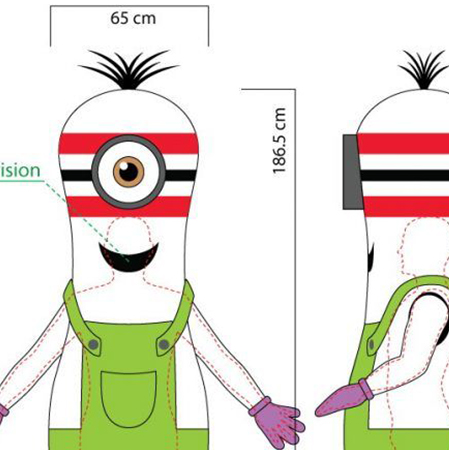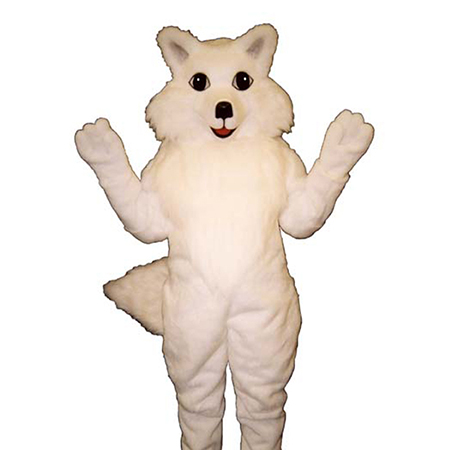The use of animal mascot costumes is a longstanding tradition in various cultures and institutions. These mascots can bring joy, community spirit, and a sense of identity to events and organizations. However, their use raises significant ethical considerations that warrant careful examination. This article explores the ethical dilemmas associated with animal mascots, specifically focusing on bear mascots and the broader implications for mascot costumes.
One primary ethical concern revolves around the potential exploitation of animals. While most modern mascots are human beings in elaborate costumes, historically many mascots were real animals. For instance, live bear cubs have been used as college football team mascots. The practice of using live bears or other animals for entertainment purposes can be seen as exploitative, as it forces animals into unnatural environments and situations where they might feel stressed or frightened. This exploitation undermines the well-being of the animals involved and raises questions about our moral responsibility toward them.

Additionally, even when mascot costumes represent animals rather than using live creatures, there are still ethical dimensions to consider. Costumes often depict animals in ways that reinforce stereotypes or caricatures. For example, bear mascot costumes frequently exaggerate certain physical traits for humorous or aggressive effect. Such portrayals can perpetuate misconceptions about the species, leading to misunderstandings about their behavior, ecology, and value in the natural world. It becomes crucial to reflect on how these images shape public perceptions and attitudes towards wildlife.
Moreover, the use of any animal-like mascot necessitates a discussion about cultural sensitivity. Different communities may have varying levels of reverence or taboos regarding specific animals. Indigenous cultures, for example, often hold profound spiritual connections to particular animals. Depicting these animals in a frivolous or commercial context can be deeply disrespectful and offensive to those cultural groups. Ethical considerations must include respecting diverse perspectives and ensuring that the portrayal of animals does not marginalize or disrespect any community’s beliefs.

Another layer of ethical complexity involves the impact on children. Mascot costumes are frequently designed to entertain younger audiences, and children are particularly impressionable. By presenting animal mascots in a manner that emphasizes whimsy or aggression, we may inadvertently teach children incorrect lessons about animals and their roles in nature. It is essential to foster educational opportunities that promote accurate information about wildlife and encourage empathy and conservation efforts.
In conclusion, while mascot costumes can serve valuable social and entertainment functions, the ethical considerations surrounding their design and deployment cannot be overlooked. Whether dealing with live animals or symbolic representations like bear mascots, it is imperative to approach these issues with sensitivity and responsibility. Ensuring that our celebrations and expressions of identity do not come at the expense of animal welfare or cultural respect is crucial for a more ethical and informed society. As we continue to engage with this tradition, ongoing reflection and adaptation are necessary to uphold the dignity of both humans and animals alike.

